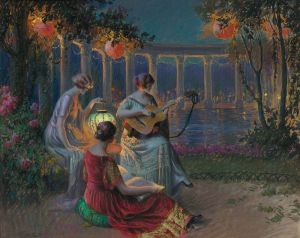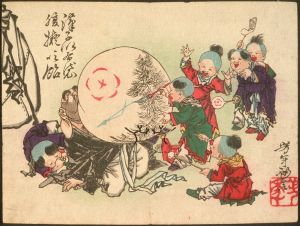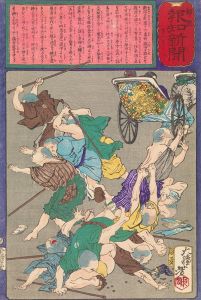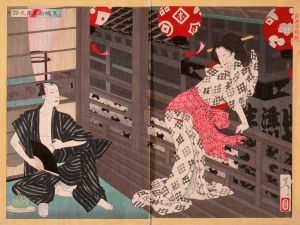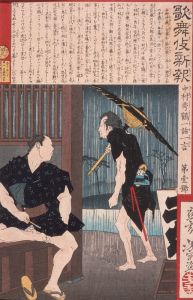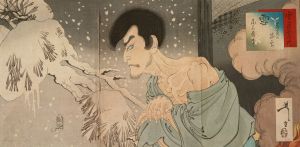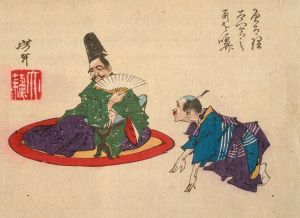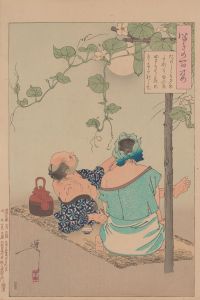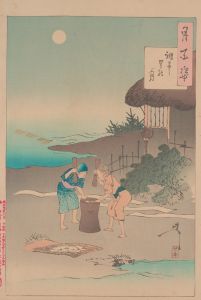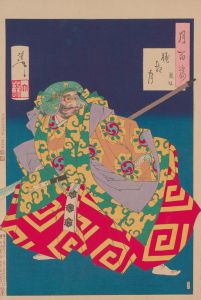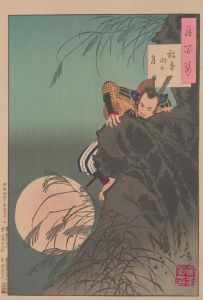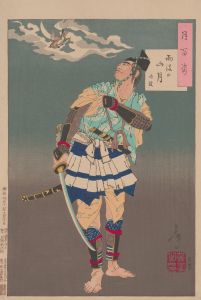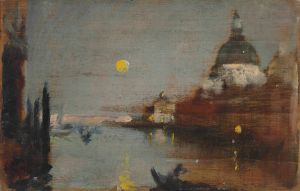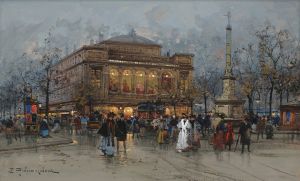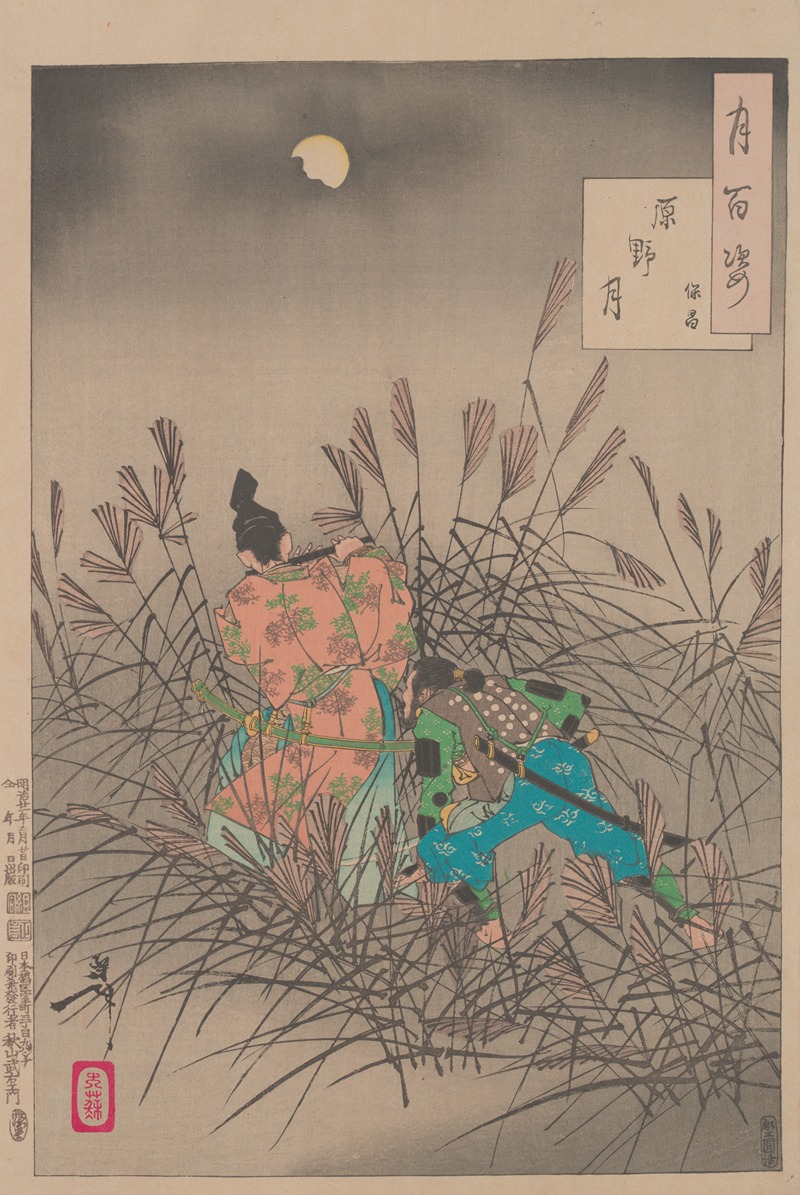
The moon of the moor
A hand-painted replica of Tsukioka Yoshitoshi’s masterpiece The moon of the moor, meticulously crafted by professional artists to capture the true essence of the original. Each piece is created with museum-quality canvas and rare mineral pigments, carefully painted by experienced artists with delicate brushstrokes and rich, layered colors to perfectly recreate the texture of the original artwork. Unlike machine-printed reproductions, this hand-painted version brings the painting to life, infused with the artist’s emotions and skill in every stroke. Whether for personal collection or home decoration, it instantly elevates the artistic atmosphere of any space.
"The Moon of the Moor" is a woodblock print by the renowned Japanese artist Tsukioka Yoshitoshi, who is celebrated for his contributions to the ukiyo-e genre during the late Edo and early Meiji periods. Yoshitoshi is particularly known for his series "One Hundred Aspects of the Moon" (Tsuki hyakushi), which was created between 1885 and 1892. This series is one of his most acclaimed works, capturing various historical, mythological, and literary themes, each connected by the motif of the moon.
"The Moon of the Moor" is one of the prints from this series, showcasing Yoshitoshi's unique ability to blend traditional Japanese art techniques with innovative storytelling. The series as a whole reflects Yoshitoshi's deep interest in the moon as a symbol and its cultural significance in Japan. Each print in the series features a scene that is illuminated by the moon, often evoking a sense of mystery, romance, or drama.
Yoshitoshi's work is characterized by its dynamic composition, intricate details, and expressive use of color and shading. His prints often depict figures from Japanese history, folklore, and classical literature, rendered with a keen sense of emotion and movement. "The Moon of the Moor" exemplifies these qualities, capturing a moment that is both visually striking and rich in narrative potential.
The ukiyo-e tradition, to which Yoshitoshi belonged, was a popular form of art in Japan from the 17th to the 19th centuries. It involved the production of woodblock prints and paintings that depicted a wide range of subjects, including kabuki actors, beautiful women, landscapes, and scenes from history and mythology. Yoshitoshi's work is often seen as a bridge between traditional ukiyo-e and modern Japanese art, as he incorporated Western techniques and perspectives into his prints.
Yoshitoshi's career was marked by both success and struggle. He experienced periods of financial difficulty and mental health challenges, yet he continued to produce art that resonated with audiences. His ability to adapt and innovate within the ukiyo-e tradition helped to revitalize the genre during a time when it was facing decline due to the introduction of photography and Western art forms.
"The Moon of the Moor," like many of Yoshitoshi's works, is appreciated not only for its aesthetic qualities but also for its cultural and historical significance. It reflects the artist's deep engagement with the themes of his time, as well as his mastery of the woodblock printing technique. Today, Yoshitoshi's prints are highly valued by collectors and are considered important cultural artifacts that offer insight into the artistic and social currents of 19th-century Japan.
In summary, "The Moon of the Moor" is a testament to Tsukioka Yoshitoshi's skill and creativity as an artist. It is a part of his larger body of work that continues to captivate and inspire audiences around the world, highlighting the enduring appeal of the ukiyo-e tradition and its ability to convey complex narratives through visual art.





